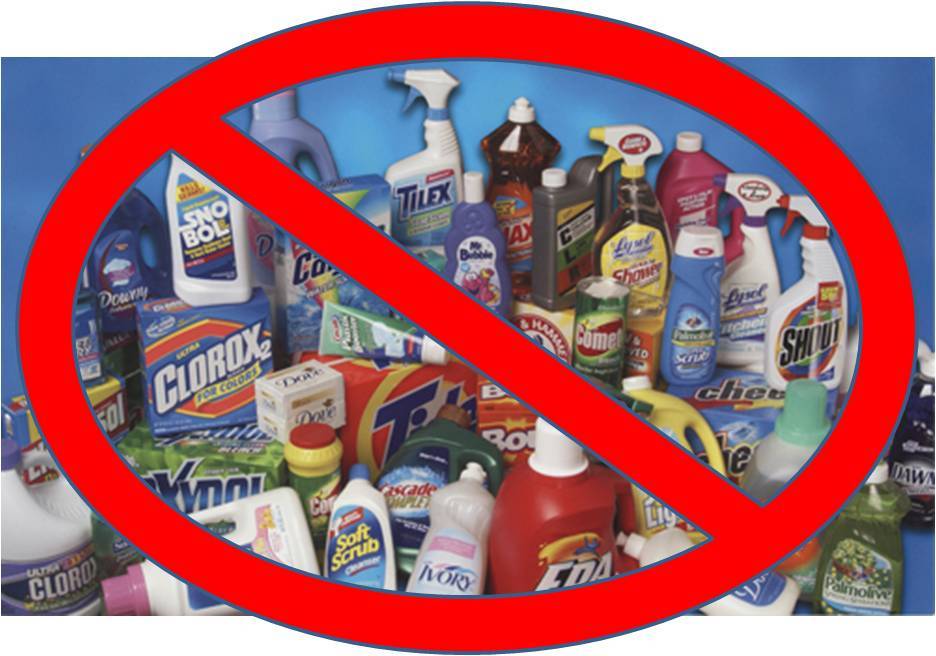All black with a beautiful blue LED light display this is definitely a piece of equipment you wouldn't mind showing of and having on your counter. This is one stylish and functional kitchen accessory!

You can pick between an 11 lb or 17.6 lb edition, both of which are very reasonably priced and equally beautiful. The surface is a glossy tempered black glass surface, which claims to be 4x stronger than regular glass.


As with all of the products I review, I have used this extensively to make sure it is a quality, accurate, and "worth it" product to recommend to my clients and friends. I have been tinkering around with this scale for quite some time now, using it multiple times a day, comparing it to my other scales, and testing its accuracy, precision, and durability.
The scale works beautifully and for the most part has been pretty accurate. This scale operates with 4 new high precision GFX sensors, and provides measurements from 1 gram to 5250 grams ( 0.1oz-11lbs). I do wish it worked in 0.1 or 0.5 gram increments.
Although this is not a "nutritional scale", which upon entering a code gives you the calorie count, it does come with a calorie/nutrition guide book (included in the box). The LED display is clear and bright, and unlike many other scales it works immediately and you don't have to wait for it to "power on" or set itself.
The scale only has 2 'touch screen' buttons: "on/off/tare" and 'unit' (where you change the unit of measurement), and it also runs on 2 lithium batteries which come included with the scale. You can flip through a variety of different measurements, from fl oz, grams, ounces ml, pounds, and kilograms, and of course, it offers a tare function as well.
As with all gadgets, there are definitely some cons that I found when using this scale, which I will list below, most of them having to do with the touch pad technology and sensitivity:
PROBLEMS:
TARE FUNCTION
This function sometimes takes a while to work or just doesn't respond. Since the whole surface is the scale, it will often just weigh your finger and the pressure you're placing on the tare function instead of zeroing the weight itself. This is fixed with patience, or turning the scale off and then on, or removing what you are trying to weigh, placing it back on the scale, and trying to tare again.
UNIT SWITCH Function
This often gets stuck and will not change to the next increment/weight measure, no matter how long you hold it or how many times you touch it. As with all 'touch pad' electronics, it is still a work in progress. In these circumstances, I end up turning the machine on and off a few times, until it allows me to change back to 'grams' or whatever unit I am in need of using. This doesn't happen often, and hasn't been a big hindrance yet.
I also wish that it weighed in 0.1g or 0.5g as opposed to 1 gram increments, although this is a minor gripe and shouldn't dissuade
you from trying this scale at all!
The response time is generally very good (depending on how well the touch pad sensors are working) and the accuracy is usually pretty dead-on. I have tested several pre-weighed items across 4+ scales, and the reading has usually been right on, and not more than 1 gram off).
The pros to this scale definitely outweigh the negatives, although the touch pad sensors could definitely use some "tuning up" since the tare function can become rather frustrating when you are in a hurry (this may just be my scale). As a Nutrition and Supplement Consultant, the most important thing I look for in a kitchen scale is definitely accuracy, precision, ease-of-use, and functionality; this scale definitely covers most of those requirements with ease.

I recommend the Ozeri Touch Digital Kitchen Scale wholeheartedly to anyone looking for a great and needed addition to any kitchen/lifestyle. It's a great gadget that is multi-functional, practical, easy to use, enjoyable to use and look at, and most importantly, precise and works as it should!












